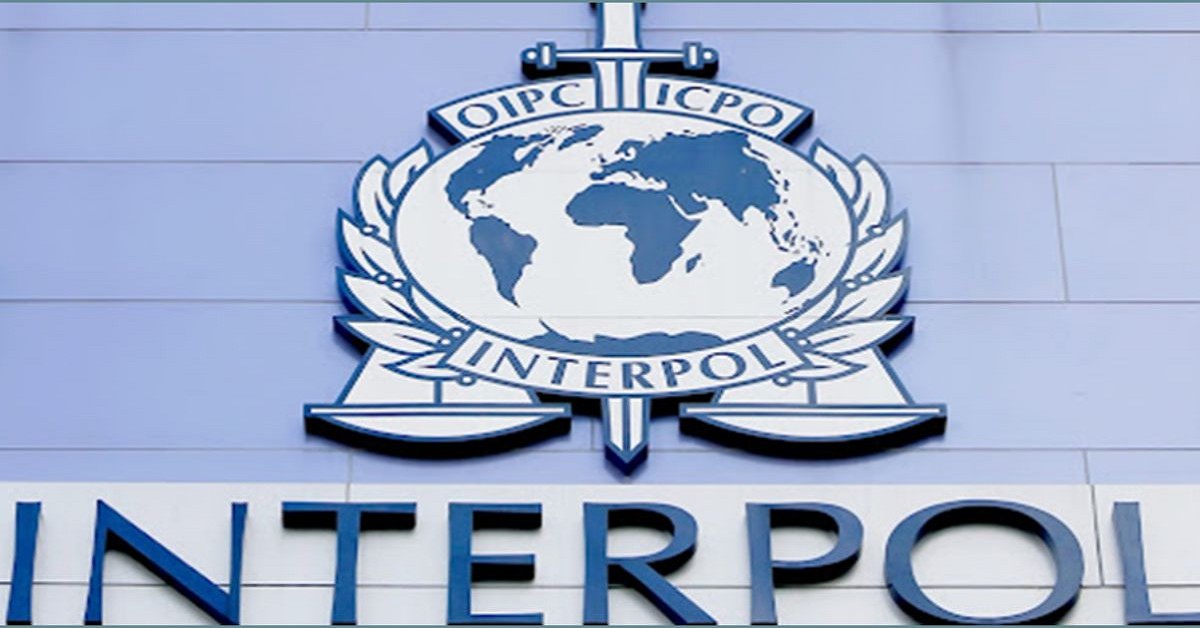
The Rise of the Russian Mafia: A Dark Chapter in Organized Crime
The rise of the Russian mafia represents not only a significant chapter in the history of organized crime but also a complex interplay of politics, economics, and society in post-Soviet Russia. This phenomenon has deep roots that date back to the early 20th century, evolving through times of upheaval and change. For an in-depth look, you can explore this rise of the Russian mafia brewminate.com/bratva-the-emergence-and-growth-of-the-russian-mafia/ which outlines the emergence and growth of the Russian mafia.
The Origins of the Russian Mafia
The Russian mafia, often referred to as the « Bratva » (meaning « brotherhood »), has its origins in the early Soviet era, where criminal organizations began forming as a response to oppressive state control. The fallout from the Russian Revolution in 1917 and subsequent civil unrest created an environment where crime could flourish. During these tumultuous years, criminals banded together for mutual protection and profit, laying the groundwork for future structured crime syndicates.
In the 1930s and 1940s, Stalin’s regime led to the establishment of the GULAG system, which further contributed to the rise of organized crime. Prisoners often formed a criminal subculture that adhered to a distinct code of conduct and established networks that would extend beyond prison walls. This subculture evolved into a powerful force during the subsequent decades.
The Post-Soviet Era: A Boom for the Mafia
The collapse of the Soviet Union in 1991 provided fertile ground for the growth of the Russian mafia. As the central government weakened, so did the state’s ability to enforce law and order. The chaos that ensued created opportunities for criminal organizations to expand their activities, encompassing various illicit enterprises from drug trafficking to arms smuggling, and even human trafficking. The Russian mafia capitalized on privatization efforts, often through coercive tactics, to seize control of state assets and businesses.
During the 1990s, the mafia’s influence permeated many sectors, including politics and law enforcement. Many criminals gained legitimate power through bribery and corruption, while some became politicians themselves. High-profile assassinations and violent gang wars plagued the streets, illustrating the extent of mafia control and their willingness to use violence to maintain dominance.
The Structure of the Russian Mafia
The structure of the Russian mafia is often characterized as decentralized, meaning it lacks a single, hierarchical structure that commands control over all operations. Instead, it consists of various criminal organizations or « families, » each led by a « lider », who maintains authority within their group but may collaborate with others for mutual benefit.
Despite this decentralized nature, there are common elements that bind these families together. The code of omerta (silence) is strictly enforced, and loyalty is paramount. The mafia also employs a system of « vor v zakone » (thieves in law), which refers to elite criminals who are respected and feared within the criminal world. These individuals often mediate disputes and ensure adherence to the mafia’s code among lower-tier criminals.

Global Expansion and Influence
As the Russian mafia consolidated power within Russia, its reach began to extend internationally. With the globalization of crime, the mafia entered markets across Europe, North America, and beyond. The organization became notorious for its involvement in a wide array of criminal activities, including money laundering, drug trafficking, and cybercrime.
In the West, Russian organized crime is often associated with high-level corruption, particularly in the real estate and financial sectors. Several high-profile cases have illustrated how the mafia can infiltrate legitimate business operations, manipulating markets and using financial institutions to launder the proceeds of crime.
Impact on Society and Law Enforcement
The impact of the Russian mafia on society is profound. The pervasiveness of organized crime fosters an environment of fear and violence, undermining the rule of law and contributing to a culture of corruption. Law enforcement agencies often struggle to combat these criminal organizations, given their resources and connections.
Moreover, the Russian mafia’s influence affects everyday life, especially in areas where they have established power. Communities often feel the repercussions of mafia activities, from forced extortion to the normalization of violence and intimidation.
Combating the Russian Mafia
Governments and law enforcement agencies worldwide have increasingly recognized the threat posed by the Russian mafia and have begun to implement measures to combat its influence. International cooperation is crucial, as organized crime knows no borders. Initiatives such as task forces and treaties aimed at combating money laundering and trafficking have been established to counter the mafia’s operations.
However, combating the Russian mafia is complex and fraught with challenges. The networks are often deeply entrenched, making them elusive targets for law enforcement. Additionally, corruption within government institutions can hinder efforts to dismantle these criminal organizations.
Conclusion
The rise and evolution of the Russian mafia is a remarkable saga that reflects broader socio-political changes within Russia and the global landscape. While the mafia has undoubtedly carved out an indelible mark on the fabric of Russian society, its impact is felt far beyond its borders. As law enforcement continues to grapple with the challenges posed by organized crime, the story of the Russian mafia serves as a stark reminder of the complexities of crime in a rapidly changing world.



 from Roda Digital
from Roda Digital